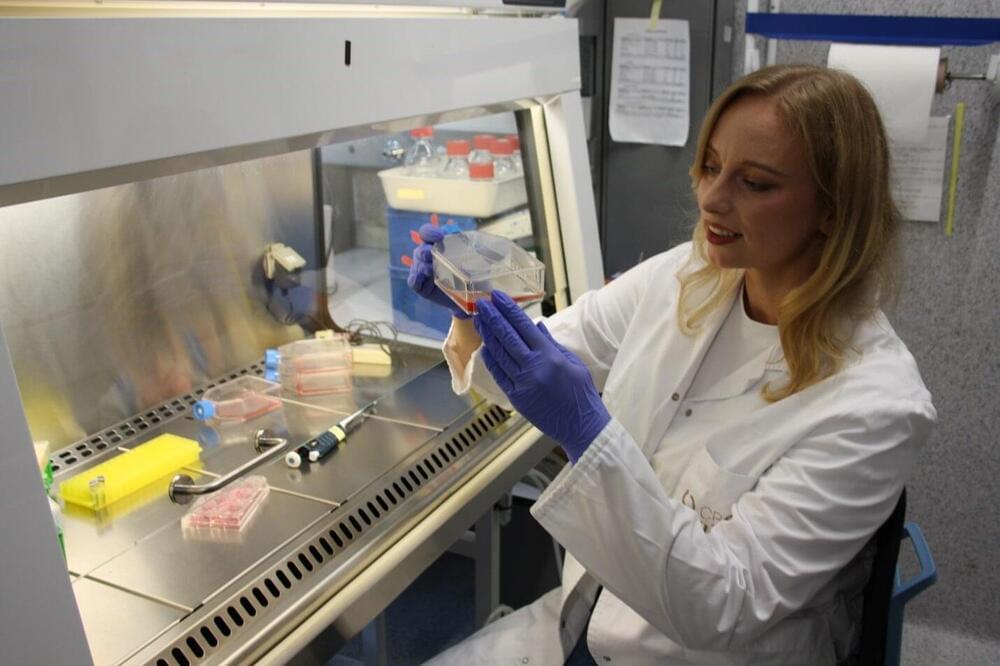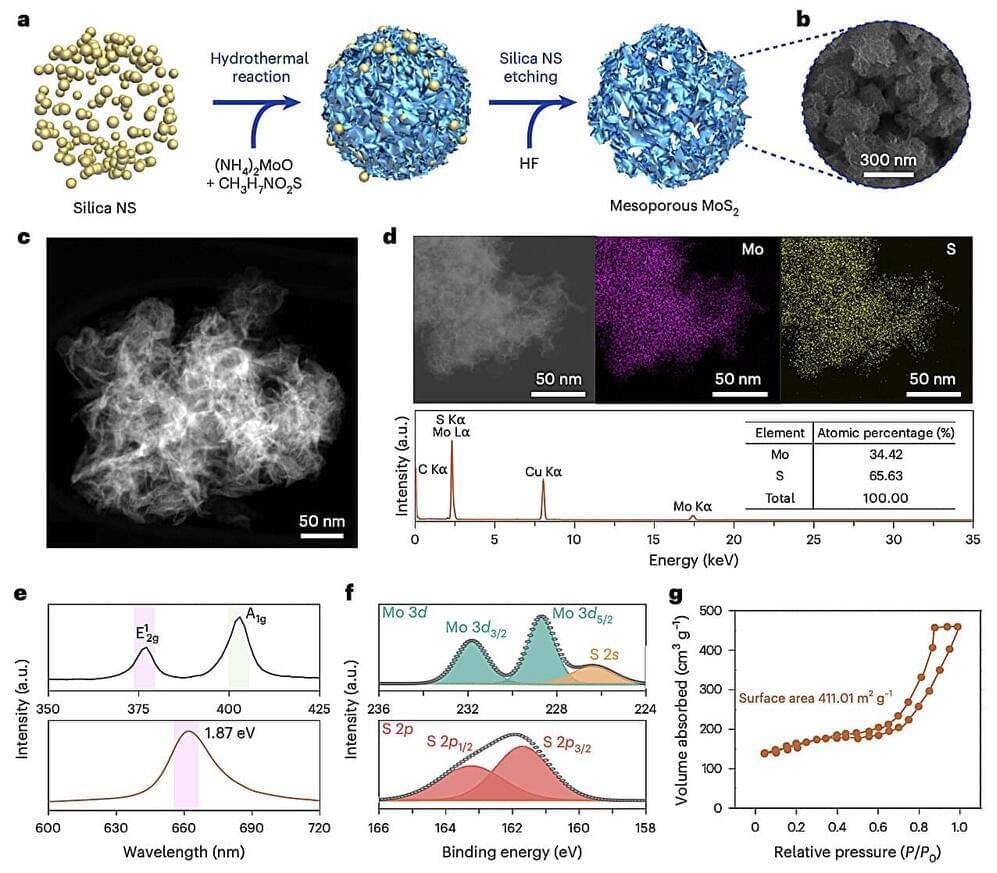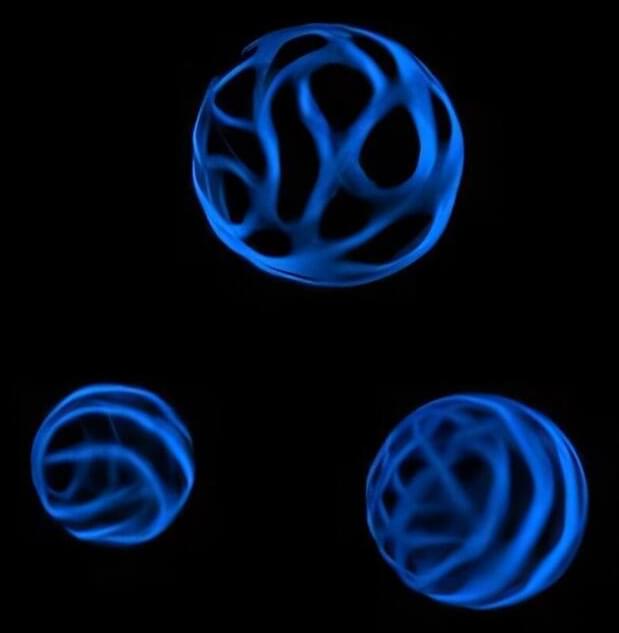Joscha Bach puts forward his radical theory of cyber animism.
Can the natural world be understood in terms of software agents?
Watch the full talk at https://iai.tv/video/the-case-for-conscious-ai?utm_source=Yo…nscious-ai.
Most are sceptical that artificial intelligence will one day become conscious. But might this scepticism be misguided? Join leading AI researcher, Joscha Bach, as he argues that we can create artificial consciousness if we open ourselves up to the possibility of cyber-animism, the idea that consciousness and spirit is akin to a software agent that naturally emerges in a biological organism.
#computerscience #ai #consciousness #biology #interestingfacts.
Joscha Bach is an exceptional cognitive scientist who is pushing the limits of what we can achieve with Artificial Intelligence. As an AI researcher, he is constantly exploring new frontiers in cognitive architectures, mental representation, emotion, social modelling, and multi-agent systems.








